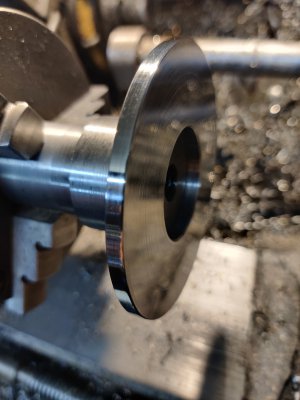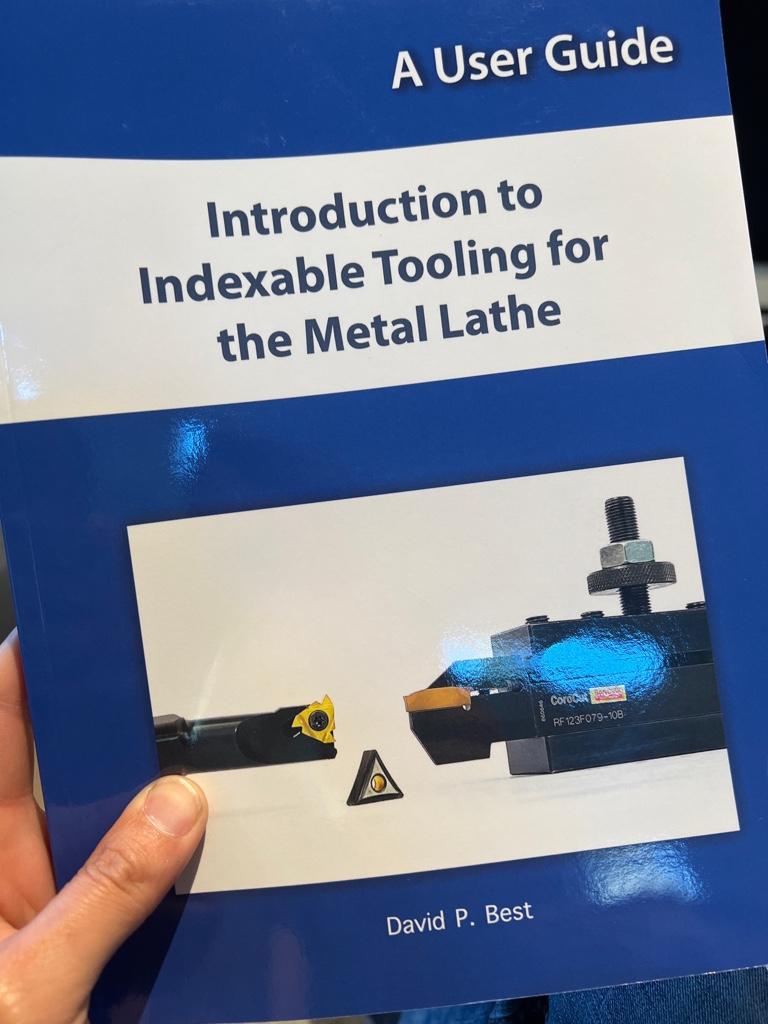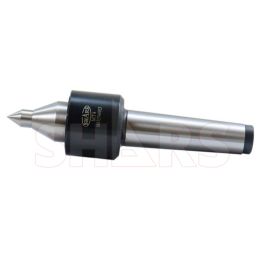- Joined
- Dec 23, 2019
- Messages
- 1,138
I use TCMT with my Myford. 20 thou DOC, highest RPM I can set it to and a feed rate that gives decent chips leaves a great finish:

That's a bit of hot rolled plate I machined this afternoon. Baby it with shallow cuts and it ends up with the same awful finish you were struggling with.
Sorry I can't give numbers for speed and feed, it's belt drive, who knows what pulleys it's got, and no QCGB means I rarely change the feed rate or know what it actually is. Blue curly chips that break is what you're aiming for with carbide, though it's not always comfortable to be around.
If you want to hit accurate diameters and get a nice finish (no sneaking up with tiny cuts), all you need to know is right here:
I literally can't tell you how grateful I am to Stefan for that video. Was a lightbulb moment for me and I've never looked back.
Happy machining

That's a bit of hot rolled plate I machined this afternoon. Baby it with shallow cuts and it ends up with the same awful finish you were struggling with.
Sorry I can't give numbers for speed and feed, it's belt drive, who knows what pulleys it's got, and no QCGB means I rarely change the feed rate or know what it actually is. Blue curly chips that break is what you're aiming for with carbide, though it's not always comfortable to be around.
If you want to hit accurate diameters and get a nice finish (no sneaking up with tiny cuts), all you need to know is right here:
I literally can't tell you how grateful I am to Stefan for that video. Was a lightbulb moment for me and I've never looked back.
Happy machining



